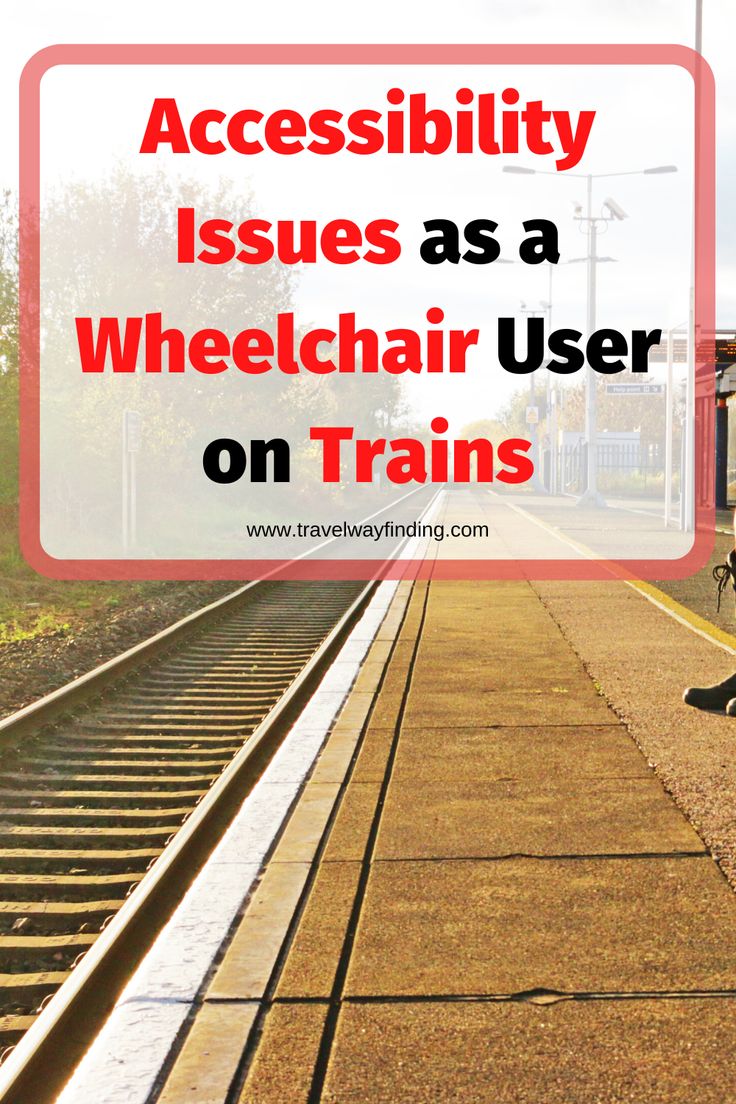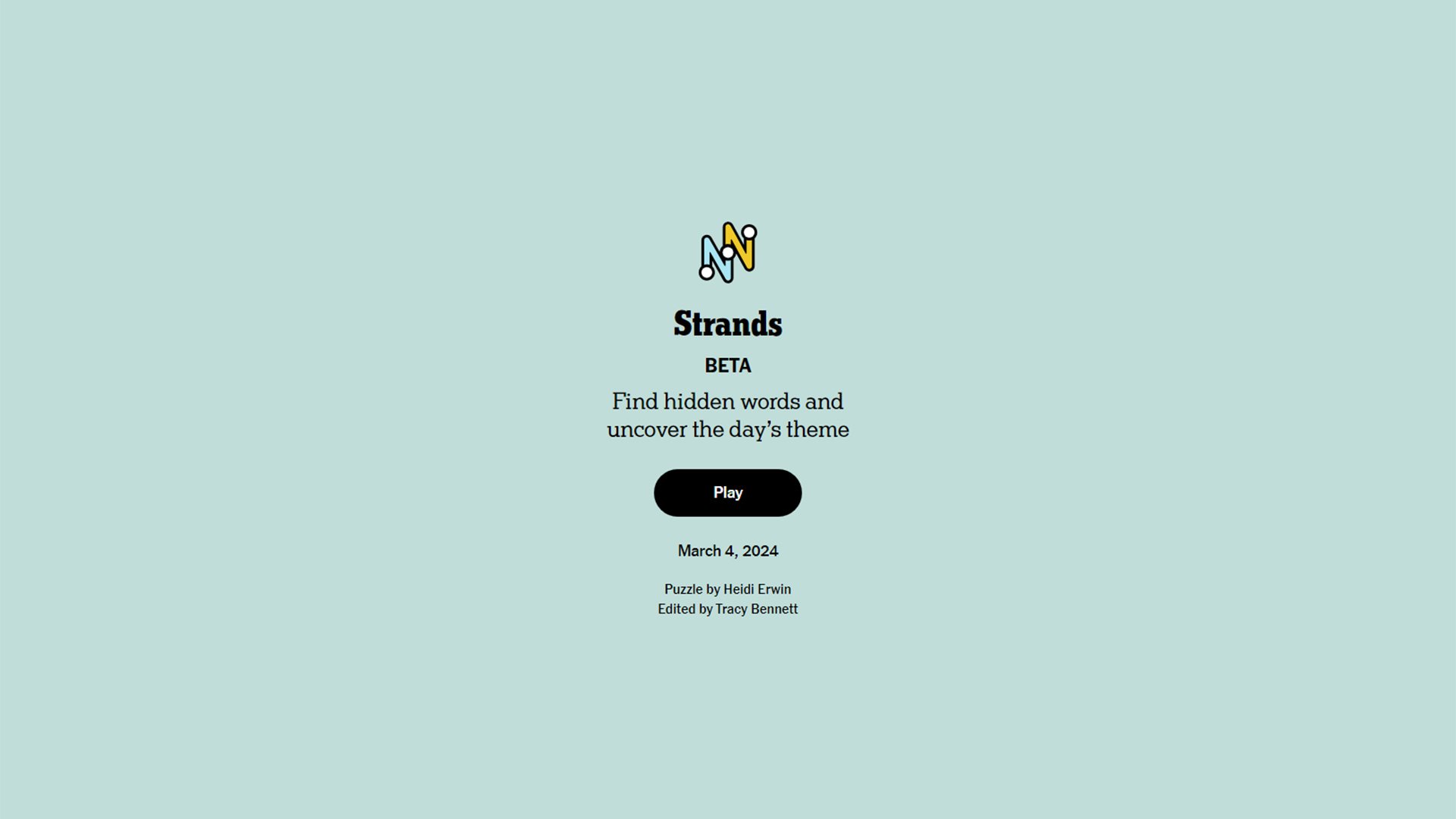Improving Accessibility For Wheelchair Users On The Elizabeth Line

Table of Contents
Assessing Current Wheelchair Accessibility on the Elizabeth Line
The Elizabeth Line features several positive accessibility features, demonstrating a commitment to inclusivity. These include:
- Spacious carriages: Offering ample room for wheelchair users and their companions.
- Well-maintained ramps at many stations: Providing step-free access to platforms.
- Clear signage (in many places): Indicating accessible routes and facilities.
- Designated wheelchair spaces: Ensuring secure seating during journeys.
- Accessible toilets: Available at most stations, although consistency needs improvement.
However, areas requiring improvement remain crucial for ensuring a truly inclusive experience:
- Insufficient space for wheelchairs during peak times: Overcrowding significantly impacts wheelchair users' comfort and safety.
- Malfunctioning lifts: Reported lift outages cause significant delays and inconvenience. Predictive maintenance and readily available backup plans are needed.
- Lack of clear audio announcements at some stations: Inconsistent and unclear announcements make navigation challenging.
- Inconsistent step-free access across all stations: While many stations offer step-free access, others still present significant barriers.
- Lack of real-time information on lift availability: This creates uncertainty and anxiety for wheelchair users planning their journeys.
Addressing these issues is vital for enhancing the overall experience of wheelchair users on the Elizabeth Line, ensuring seamless and reliable step-free access.
Technological Solutions for Enhanced Accessibility
Technology plays a crucial role in improving accessibility for wheelchair users. Innovative solutions can significantly enhance their journey planning and experience. For example:
- Real-time wheelchair space availability on the Elizabeth Line app: This would allow users to plan their journeys based on available space, reducing anxiety about overcrowding.
- Integration with other accessibility apps: Seamless integration with popular journey planning apps would provide a more holistic and user-friendly experience.
- Improved audio announcements with clear instructions and real-time updates: Accurate and timely information is crucial for independent navigation.
- Smart sensors monitoring lift status and reporting issues proactively: Predictive maintenance based on real-time data could minimize disruptions.
- Augmented reality wayfinding tools: AR apps could guide users through the station, highlighting accessible routes and amenities.
By embracing smart technology and real-time data, the Elizabeth Line can offer a significantly improved and more inclusive experience for wheelchair users.
Addressing Staffing and Training Needs for Improved Accessibility
Adequately trained staff are essential for supporting wheelchair users and ensuring their safety. Investment in comprehensive training programs is crucial. This includes:
- Specialized training on assisting wheelchair users with boarding and alighting: Staff should be proficient in safely assisting with ramps, lifts, and navigating crowded platforms.
- Training on handling emergencies involving wheelchair users: This includes knowing how to respond to malfunctions and provide immediate assistance.
- Communication training focusing on inclusive language and effective communication with diverse passengers: Staff should be equipped to communicate clearly and respectfully with all passengers.
- Disability awareness training: Promoting understanding and empathy towards the needs of wheelchair users is paramount.
- Regular refresher courses and updates: Ensuring staff maintain up-to-date knowledge and skills.
Well-trained staff are not just helpful; they are crucial for creating a safe and welcoming environment for all passengers.
Gathering Feedback and Continuous Improvement
Continuous improvement hinges on actively seeking and responding to feedback from wheelchair users. The Elizabeth Line should implement various methods for gathering this feedback, such as:
- Regular surveys distributed on the Elizabeth Line app and at stations: Gathering quantitative data on passenger satisfaction and identifying areas needing attention.
- Online feedback forms accessible on the TfL website: Providing a convenient platform for users to share their experiences.
- Focus groups with representatives from disability advocacy groups: Gaining in-depth insights from experienced users and advocates.
- Regular accessibility audits: Independent assessments to identify areas for improvement.
- Mystery shopping exercises: Simulating journeys using wheelchairs to evaluate the true passenger experience.
By actively engaging with the community and implementing a system for continuous improvement, the Elizabeth Line can become a true model of accessible public transportation.
Making the Elizabeth Line Truly Accessible for Everyone
Improving accessibility for wheelchair users on the Elizabeth Line requires a multifaceted approach. Addressing issues such as insufficient space during peak times, unreliable lifts, unclear announcements, and inconsistent step-free access is paramount. Utilizing technology, enhancing staff training, and consistently gathering user feedback are key to achieving a truly inclusive transport system. The benefits extend beyond wheelchair users; improved accessibility benefits all passengers, creating a safer, more efficient, and welcoming environment. We urge Transport for London (TfL) and relevant stakeholders to prioritize and implement the suggestions outlined in this article. Contact TfL with your feedback and suggestions to help make the Elizabeth Line accessible for everyone.

Featured Posts
-
 Solve Nyt Strands April 12 Game 405 Complete Answers And Hints
May 10, 2025
Solve Nyt Strands April 12 Game 405 Complete Answers And Hints
May 10, 2025 -
 From Wolves Reject To European Champion The Rise Of A Football Star
May 10, 2025
From Wolves Reject To European Champion The Rise Of A Football Star
May 10, 2025 -
 Find Out When The Next High Potential Episode Airs On Abc
May 10, 2025
Find Out When The Next High Potential Episode Airs On Abc
May 10, 2025 -
 Nhs Trust Bosss Cooperation With Nottingham Attack Investigation
May 10, 2025
Nhs Trust Bosss Cooperation With Nottingham Attack Investigation
May 10, 2025 -
 Leon Draisaitls 100 Point Milestone Oilers Edge Islanders In Overtime
May 10, 2025
Leon Draisaitls 100 Point Milestone Oilers Edge Islanders In Overtime
May 10, 2025
